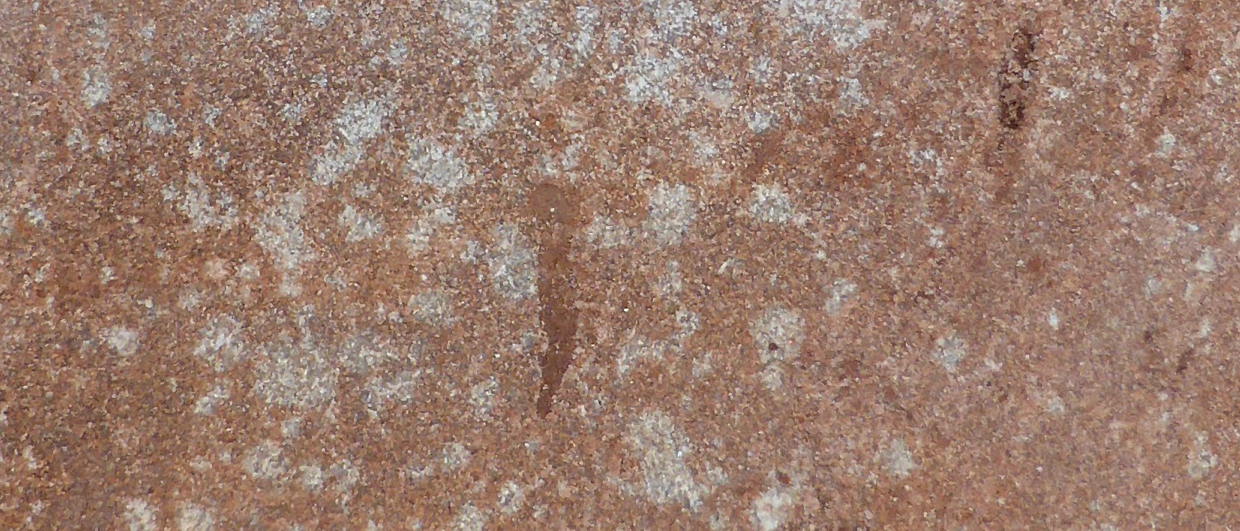When looking at the map below and realising that only 50 years ago hardly any wells were drilled across NW European shelves, the conclusion is justified that a lot more information about the subsurface has been gained since.
What this map shows in particular is the distribution of wells that either fully penetrated the Triassic, TD in the Triassic or have proven the Triassic to be absent. It is based on a dataset of publicly available well tops from all relevant countries, which were translated into a chronostratigraphic framework on a well by well basis to allow producing maps like this.

Why are we looking at the Triassic today? Because a conference is taking place next week, organised by the Europe division of the AAPG, which is fully dedicated to the Triassic of North West Europe. From traditional petroleum geological applications to carbon capture, nuclear waste disposal and even hydrogen storage, all these relate to the Triassic is some way and will be discussed at the conference.
As we reported on before, the Triassic across North West European shelves remains an important stratigraphic interval indeed. If we start in the west, the Corrib field in Irish waters – the only gas field in Ireland – produces from Triassic sandstones. Further east, in the Irish Sea, the Permo-Triassic Sherwood sandstones not only forms the main reservoir for the oil and gas fields in the area, they are also being looked at from a CCS perspective. The latter will be discussed at the conference by Rodrigo de Sainz and Joshua Marsh.
In the Dutch sector, although the Triassic has not been the main play, it has proven to contain surprises such as the so-called Fat Sand discovery in block L9. As Rory Dalman from TNO will further explain at the conference next week, a recent play mapping exercise resulted in further insights with regards to remaining prospectivity. The Geode Portal released by EBN and TNO last year provides a lot of information on the Triassic and all other plays in the Dutch sector.
In the UK Southern North Sea, the Triassic is mainly on the radar as a store for carbondioxide. The Endurance closure, which is a Bunter reservoir, is currently the main candidate for the Humber CCS project. Richard Worden from the University of Liverpool will address the reservoir quality, cap-rock quality and formation water salinity influences on carbon capture and storage effectiveness in Triassic rocks of the Southern North Sea is a keynote next week.
In the Central North Sea, the Triassic continues to play an important role in oil and gas production. With recent wells such as Jade South by Harbour and the upcoming Edinburgh well to be drilled by Shell and not least the Isabella appraisal well by Total, the Triassic continues to prove its attractiveness. At the same time, Neptune is currently developing the Seagull field and Petrogas should be getting close to reaching the Triassic reservoir target in their Birgitta appraisal well. Operational aspects of drilling the Triassic as well as basin formation will be discussed by several people at the conference next week.
With the petroleum geological aspects of the talks being focused on the UK and Norwegian Central North Sea, the Triassic of the Northern North Sea and the Barents Sea will not feature at the conference that much. Given that Equinor is currently drilling an exploration well near the Snorre field targeting the Upper Triassic to Lower Jurassic Statfjord Fm and the recent attempts to prove hydrocarbons in the Triassic of the Barents Sea (Shenzhou as an example) it would have been even better if these areas featured as well.
Regardless, for anyone wanting to catch up on what is happening in the Triassic and how it forms not only a target for conventional exploration but also for CCS, hydrogen and storage of nuclear waste, next week’s online event is not to be missed.
HENK KOMBRINK
Full credit of headline image: Photomicrograph of St Bees Sandstone Formation. Cove Quarry. The thin section is dominated by quartz grains, although feldspar (stained yellow) forms an appreciable component. Source.





